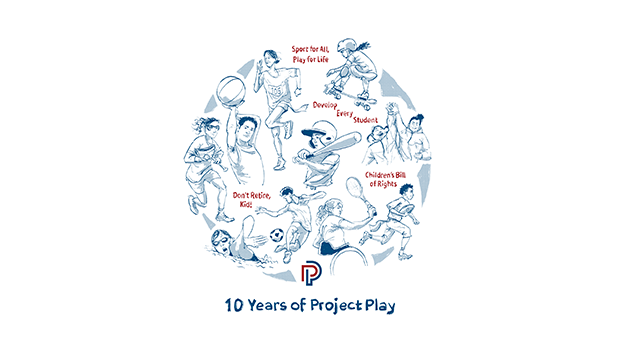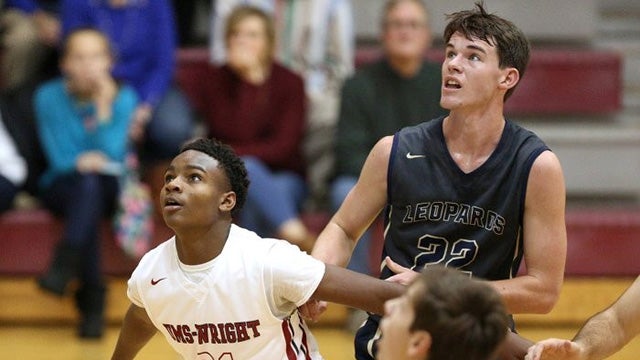
(Photo Credit: istockphoto)
During 2015 Spotlight Health, the Aspen Institute Sports & Society Program released a white paper that bears consequence for the health of the nation, “Physical Literacy in the United States: A Model, Strategic Plan, and Call to Action.” Supported by the Robert Wood Johnson Foundation, the paper builds on research associating movement competence with physical activity.
Wayne Moss, senior director of sports, fitness, and recreation for the Boys & Girls Clubs of America, is a member of the 15-person working group that contributed to and reviewed the report.
When school is out, summer camp is in for young people at Boys & Girls Clubs. Their days are filled with laughter, participating in games, informal play, and making friends while creating a lifetime of memories. Nearly two-thirds of the children we serve are eligible for free and reduced lunch. If not for the local club, many of these youth could not afford the luxury of structured activities that have tremendous benefits. While kids have a three-month vacation from school, it wreaks havoc on activity levels — and their development of physical literacy.
We believe in physical literacy because we believe that every young person should feel confidence and self-assurance to move with their bodies.
Physical literacy is defined as the ability, confidence, and desire to be physically active for life. It means being able to move with poise and confidence, being able to “read” a wide variety of physically challenging situations, and having the talent to respond with imagination, agility, and intelligence. I grew up playing tag, hide-and-go seek, sandlot baseball, basketball, and riding bikes and remain active today.
At the Boys & Girls Club of America, we believe that physical literacy is so important that we’re committing to revising the curriculum of our signature healthy lifestyles program, Triple Play, to align with these life-changing concepts. For more than a decade, Triple Play has provided sports and fitness activities, making nearly 10 million connections with kids. As we continue to improve this program, infusing concepts of physical literacy is essential for elevating our kids’ physical abilities. By investing in physical literacy for all youth in our clubs, we will be able to reach our bold goal of the youth in our clubs achieving four billion hours of physical activity by 2018.
We believe in physical literacy because we believe that every young person should feel confidence and self-assurance to move with their bodies. This can be accomplished by working on fundamental movement skills such as running, jumping, skipping, throwing, catching, and balancing. As young people increase their physical literacy they:
- Increase their knowledge, understanding, and comprehension around their physicality
- Increase the creativity in which their bodies move
- Increase their ability to move with deftness in different environments
Physical literacy also includes children and adults being able to be agile and strong and even able to navigate something like a slippery surface in a safe way. Physical literacy can also prepare young people for a physically active career, such as those of firefighters, police officers, and construction workers.
In my role as senior director of sports, fitness, and recreation for the Boys & Girls Clubs of America, I see the direct benefits these young people get with a summer filled with activities like baseball, basketball, tag, and hopscotch. Some members, like ballet great Misty Copeland, received their start by running, jumping, and dancing at Clubs like the one in San Pedro, California. Copeland is now a member of the American Ballet Theatre and recently made history by becoming the company’s first African-American principal dancer.
I challenge all other youth-serving organizations to join us on this journey. Organizations such as schools, recreation and community centers, after-school and sports programs, day-care facilities, and youth scouts organizations should commit to integrating physical literacy principles in their respective programs. I invite those organizations to design physical literacy frameworks and programs by 2018 and have them fully implemented by 2020 so that together we can change the future for the next generation.
There’s an incredible urgency to move now to change the opportunity equation for our kids and our nation.

